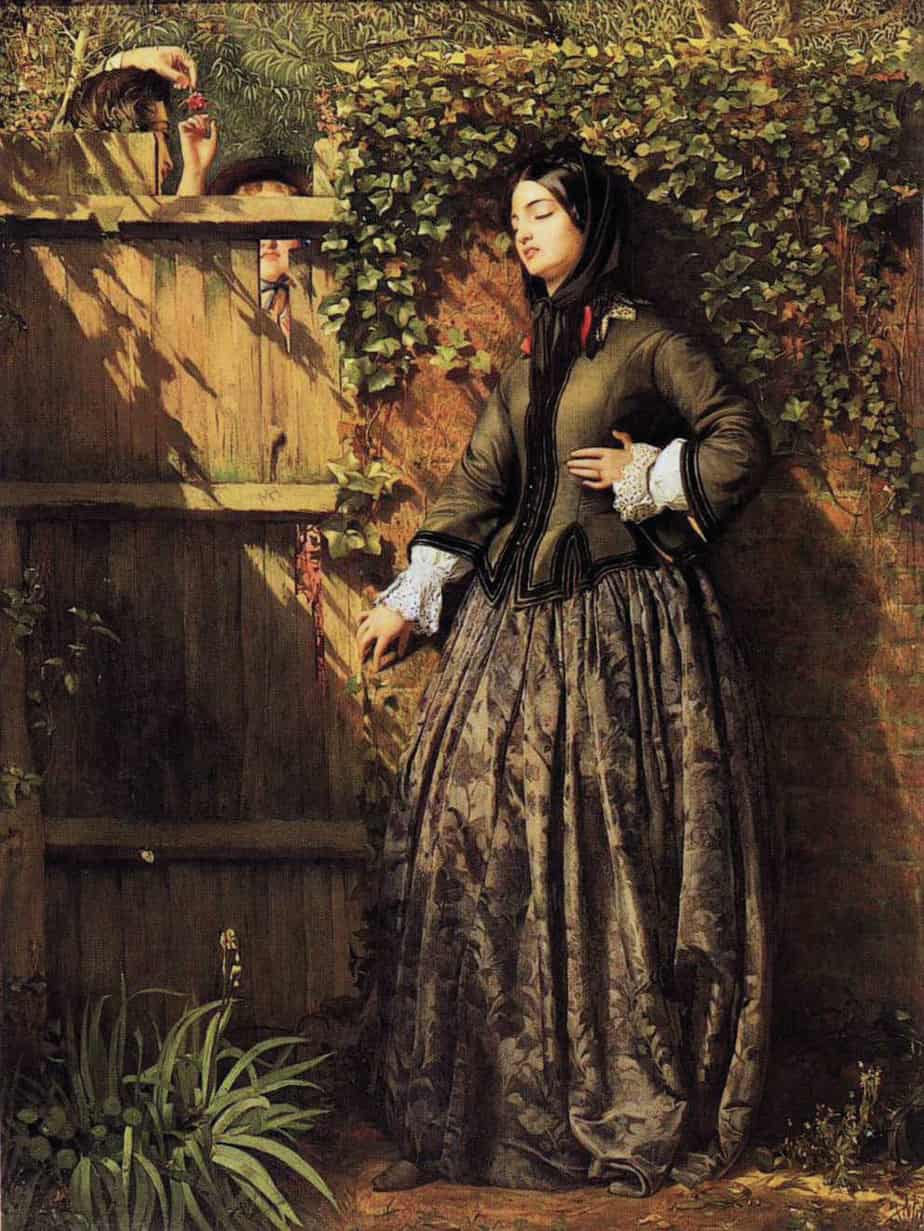-
The Socially Aspiring Woman Comedy Trope
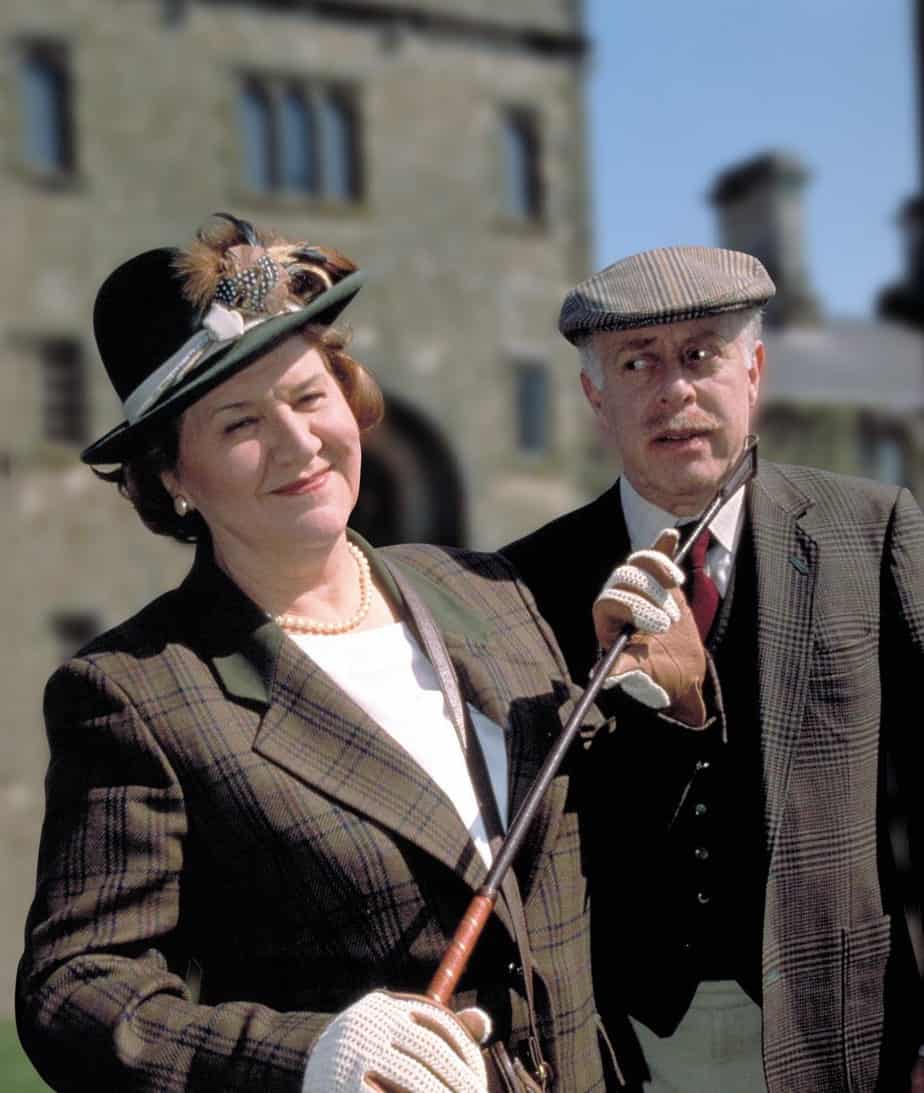
Recently the Woman’s Hour podcast talked about a gendered comedy trope which I’d never really noticed was gendered: the socially aspiring, snobbish female. Hyacinth Bucket is a standout example, along with: Linda Snell from The Archers Audrey fforbes-Hamilton from To The Manor Born Margo from The Good Life (Penelope Keith is especially good at playing […]
-
Deep Holes by Alice Munro Short Story Analysis

“Deep Holes” is a short story by Alice Munro. You can find it in the June 30 2008 edition of The New Yorker. I’m very much reminded of Into The Wild by Jon Krakauer and the real life of Christopher McCandless. But “Deep Holes” is not the story of the son — it’s the story […]
-
The Psychology of Hoarding

How is hoarding treated in fiction, if at all? In her short story “Free Radicals“, Alice Munro portrays a woman working through the recent loss of her husband. First, the way friends react — helpfully and unhelpfully. Funeral arrangements, immediate aftermath. Memories, both painful and beautiful, mixed in together to paint a portrait of a […]
-
Tom Barling Illustrations?
A while back I blogged about Thirteen O’Clock by Enid Blyton, illustrated by Tom Barling. There is remarkably little on the Internet about Tom Barling considering how much work he produced. Perhaps you are knowledgeable about this English illustrator and can tell us whether the following illustrations are indeed by him? We have good reason […]
-
Pet Milk by Stuart Dybek Short Story Analysis

“Pet Milk” by Stuart Dybek first appeared in the August 1984 edition of the New Yorker. Jane Alison writes about “Pet Milk” in her chapter on spirals, in her book Meander, Spiral, Explode. “Pet Milk” is an example of a spiral structure. The structure of this story is part of its symbol web. The first half […]
-
Why Women Love True Crime
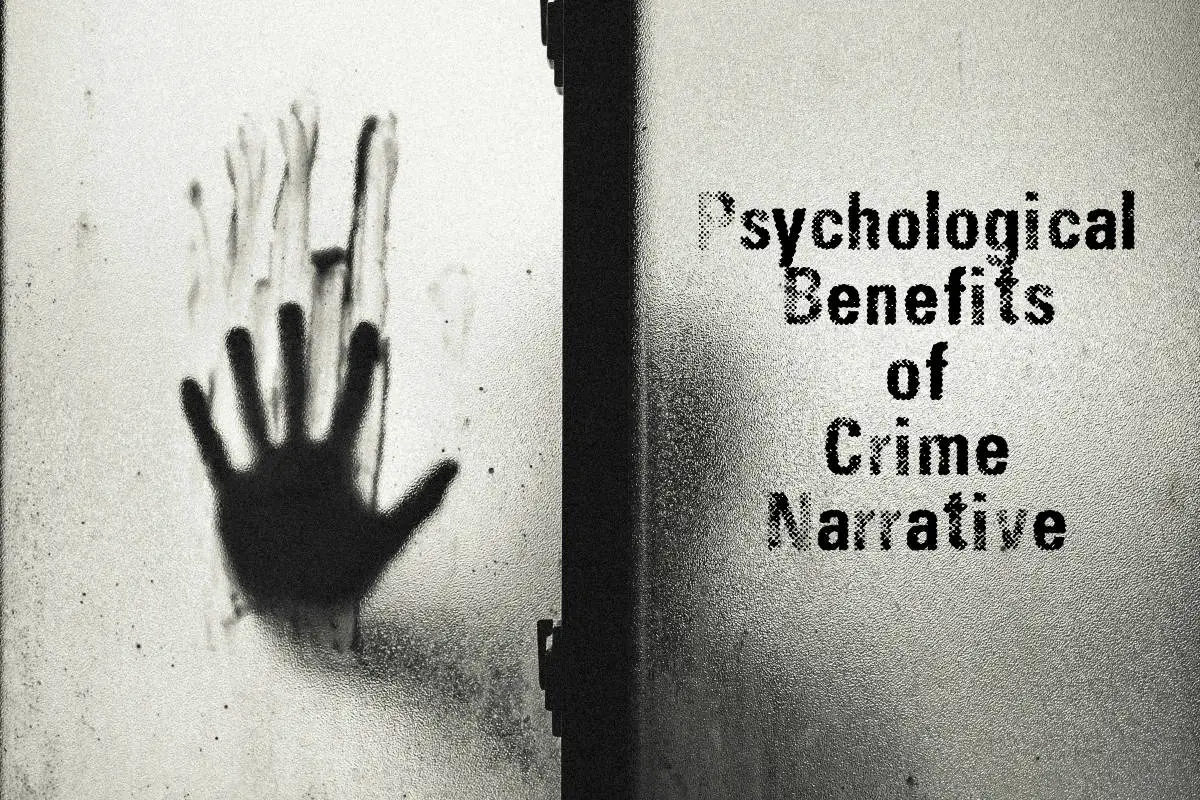
When I was in Form 2 (now called Year 8), our teacher set a transactional writing exercise: Does violent media make a culture more violent? I’d never heard of Rudine Sims Bishop who, five years earlier, in a different hemisphere, had been writing about how story functions as a mirror as well as a window, […]
-
Back For Christmas by John Collier Analysis
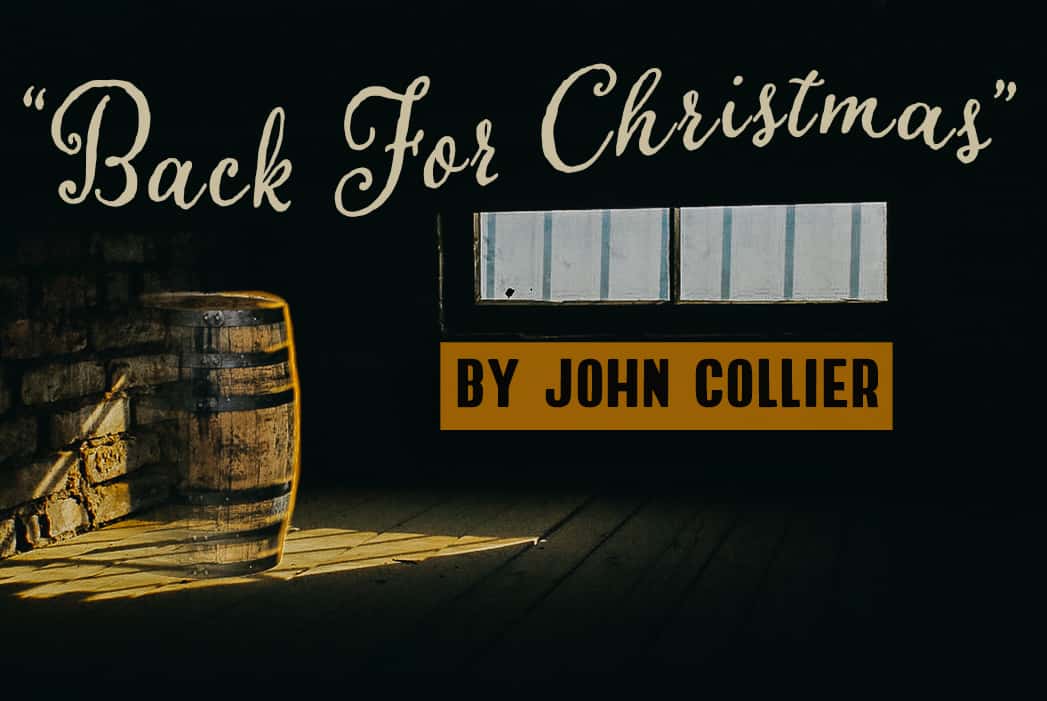
As soon as I read “Back For Christmas” by John Collier (1939) I thought of Roald Dahl. Sure enough, I google both names in a single search and learn that, for Dahl, among many other male writers, Collier is listed as a heavy influence. Credit where credit is due, though: Roald Dahl’s two most famous […]
-
Passion by Alice Munro Short Story Analysis

“Passion” is a short story by Alice Munro, published 2004 in The New Yorker. This story has much in common with “What Is Remembered“. An elderly woman looks back to when she was young, in a vulnerable psychological state. In both, the younger woman gets into a car with a ravishing bad-boy doctor, contrasting against […]
-
Cumulative Plots and The Fifth Story by Clarice Lispector
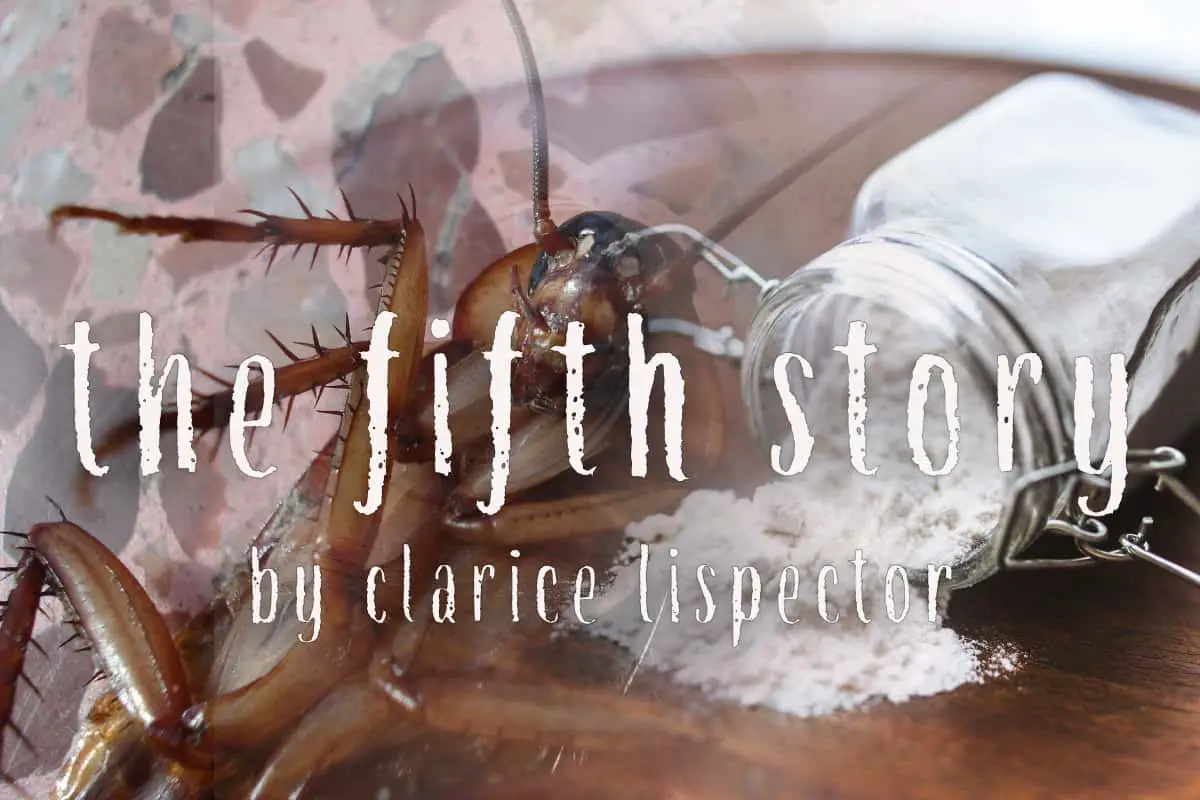
“The Fifth Story” (1964) is a work of microfiction by Ukraine-born Brazilian writer Clarice Lispector (1920-1977). I tend to analyse short stories by looking at their dramatic arc, but what of a story like this? Surely “The Fifth Story” does not fit traditional ideas of what makes a complete narrative. I also love when I read a […]
-
Talking About Story Pacing

Narratologists have come up with a variety of ways of talking about the pacing of a story.
-
The Outcasts of Poker Flat by Bret Harte Analysis
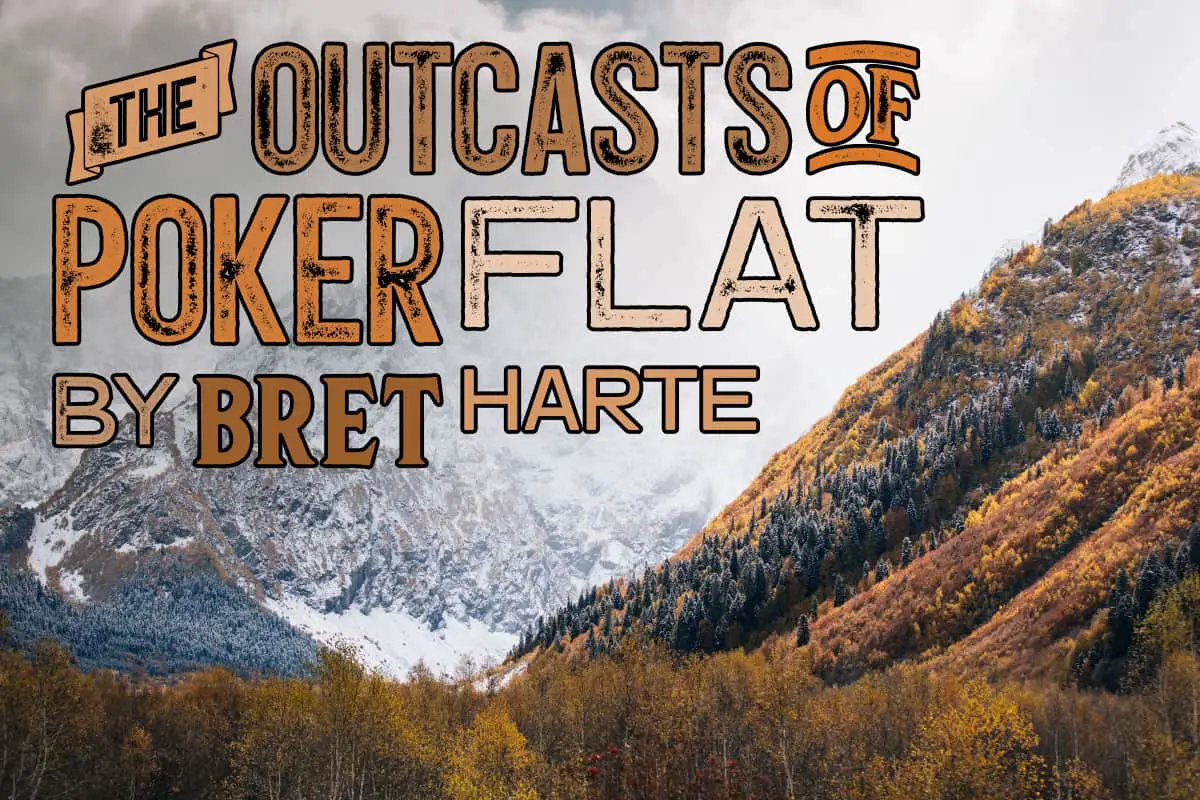
If you like playing Red Dead Redemption, if you enjoyed The Ballad of Buster Scruggs, I recommend “The Outcasts of Poker Flat”, a short story by Bret Harte, published in the late 1800s as the century was coming to a close.
-
The Damned Thing by Ambrose Bierce Analysis
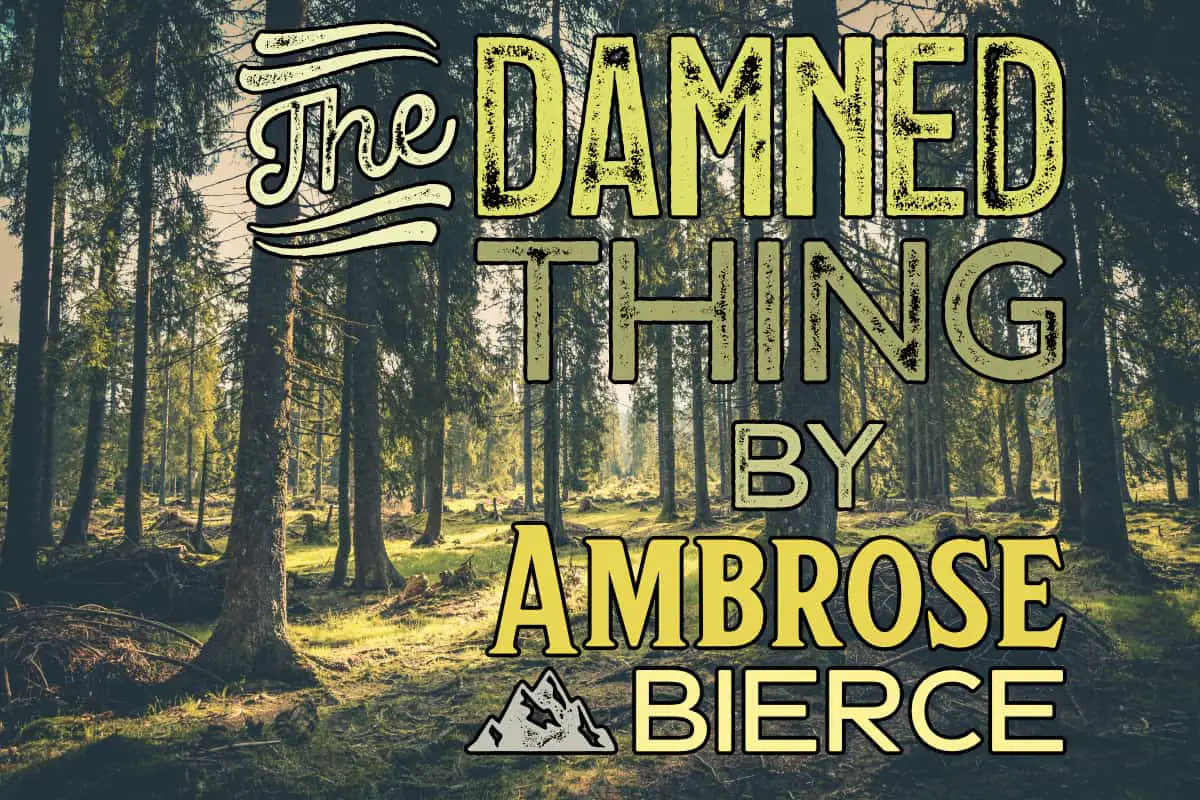
Hard to remember now, but ‘damned’ used to be a full on swear word. A teacher at high school once pounced on me for using it (though by the 1990s I think she was being ridiculous). ‘Damned’ was certainly shocking 100 years earlier than that, in 1893, when Ambrose Bierce published his horror short story […]

